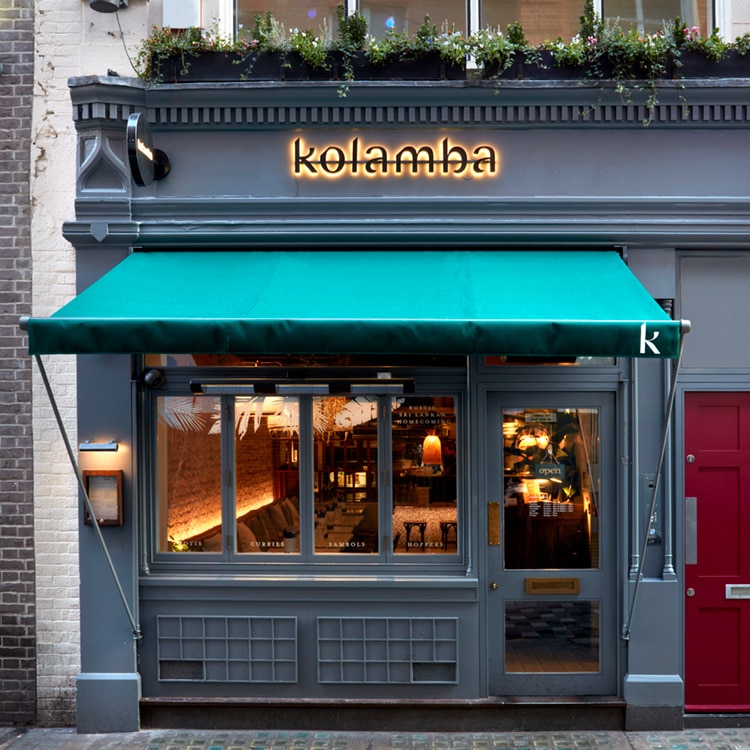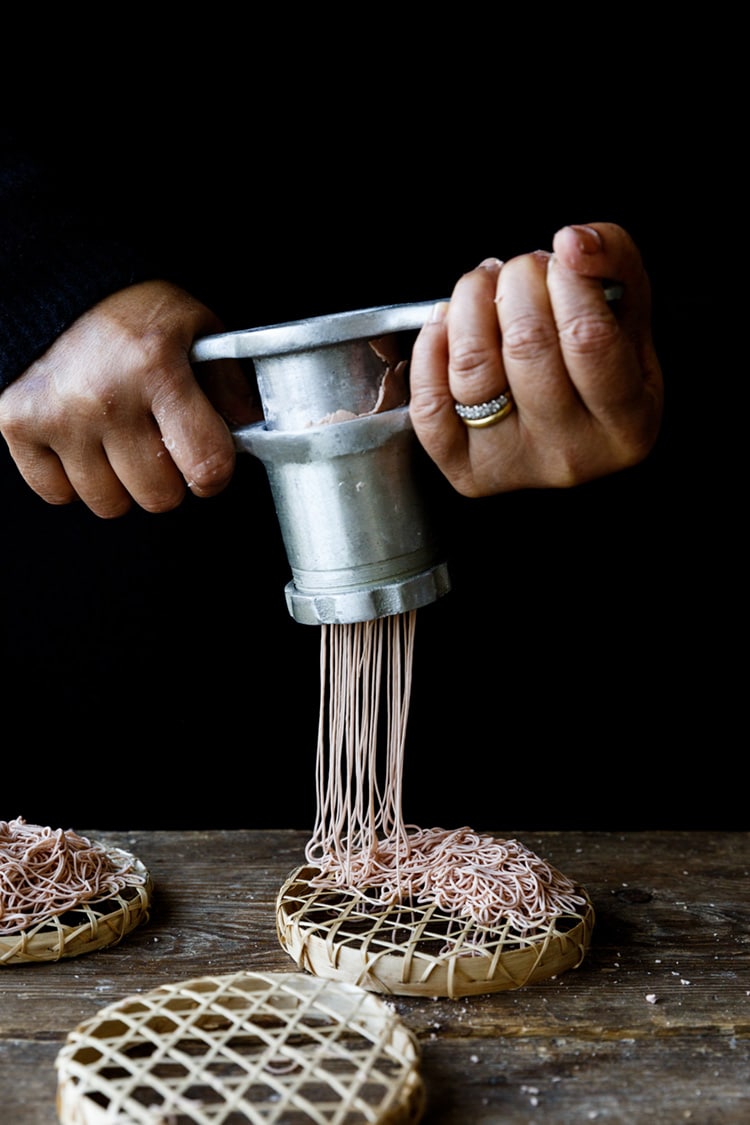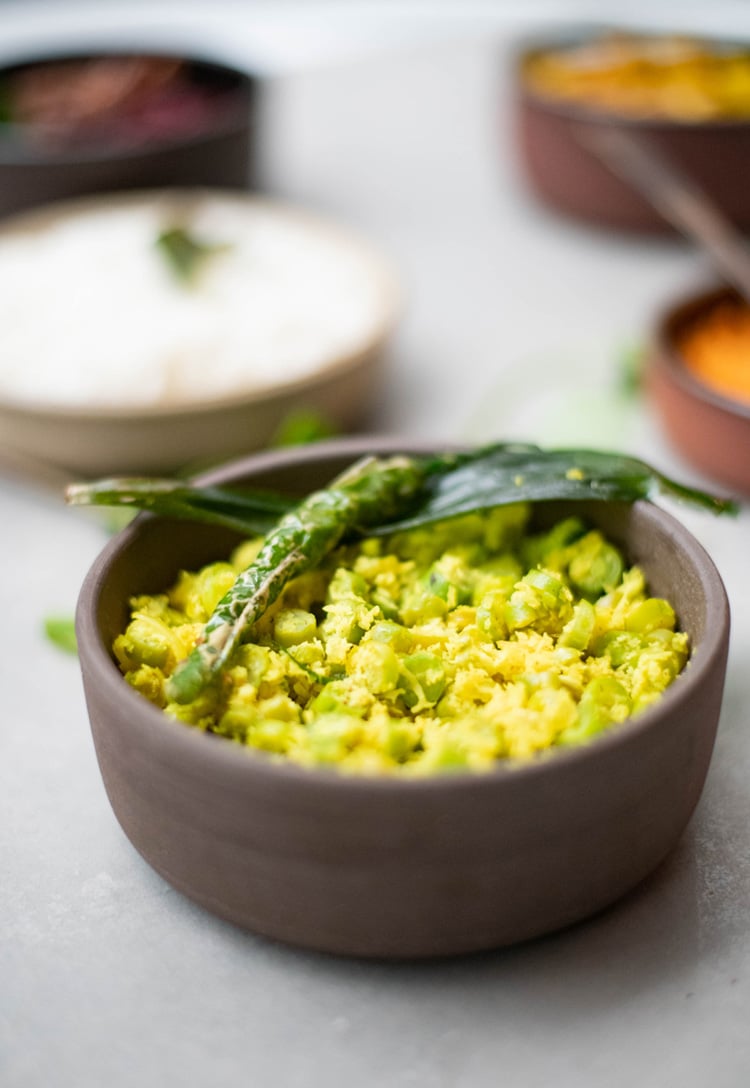With Sri Lankan food set to be “the next big thing” there is only one place to experience it in all its glory – Kolamba. Offering truly authentic Sri Lankan food, it is a pleasant surprise in the capital…
As a Sri Lankan, I avoid eating at Sri Lankan restaurants. I seldom say that out loud – partly from blind patriotism and partly for fear of being cast out of the community. I always find the food a poor imitation of what it ought to be. For the lack of comparison good enough had become the norm among some eateries and home cooks. It’d only take one mention of ‘grandmother’s recipe’ to make me run away from the memory of being served a three-day-old semolina cake, with an orchid on it no less, passed off as the Sri Lankan delicacy Love Cake. A thing to note is that grandmothers, particularly those of Sri Lankan persuasion, seldom use recipes.

So when a new restaurant popped up in Central London last summer I was far from excited. I didn’t visit despite friends urging me to do so. Then during lockdown I connected with a few names I had previously tried and tested and one that I hadn’t. The latter was Kolamba, the new Sri Lankan restaurant which had opened on Kingly Street, Soho.
At the time of writing, I am yet to visit Kolamba in person. They did however, deliver lunch to me during lockdown. The first thing I noticed when it arrived was that the food was fragrant like the Sri Lankan kitchens in my childhood memory. Was I surprised? Yes. Why? See above.
The first treat out of the bag was a short eat. Named as such not to make you grind your teeth but, in true island-style, as a nod to the amount of time it takes to eat them – short. It’s neither a reference to lazy cooking (spicy pre-cooked stuffing hand-rolled in individual parcels of pastry or home-made breadcrumbs and fried in small batches) nor an indication of inferiority in comparison to other dishes. Preparation of short eats is more laborious than many a main dish. Short Eats are immensely popular in Sri Lanka and include a range of options from cutlets, pattis (not patties), egg boats, mutton rolls, tricolour sandwiches (crust definitely off) and the odd fish bun (maalu paan) thrown in. You will never be served one kind of short eat. They’re always served accompanied by others.
Back to my pattis from Kolamba (£4.90 for three). Three perfectly-shaped delights which would normally be filled with meat or fish and potato. Imagine the jolt when I found them stuffed with cooked banana blossom and jackfruit seeds. An ingenious curve-ball that utterly disrupted my tastebuds in the best possible way. Banana blossom is an everyday vegetable cooked and eaten around Sri Lanka. I have faint memories of my father requesting it to be made for dinner almost every night. Jackfruit seeds are boiled (they soften to the texture of potatoes when cooked), seasoned and eaten, mainly, as a snack. Whilst it’s not conventional to find either in short eats it was a marvellous discovery. If you’ve never tried banana blossom or jackfruit seeds do so here. They’ve got it just right.
Next was Aunty Mo’s chatti roast (£7) which is a chopped dry beef curry served with string hoppers (£5.40). It’s time to admit another gory detail about me – I don’t like string hoppers (rice flour noodles steamed on small, flat circular mats). Yes, the popular crowd-pleaser adored by every Sri Lankan that has ever lived; I don’t like them. I really don’t know what else to say as I have no explanation for it. I made a mental note never to utter that again based on the reaction in the room when I first admitted it frivolously. The confusion that spread and the endless questions afterwards made me realise that what I had said was sacrilege. I never did it again. Until now.

The string hoppers came with Aunty Mo’s chatti roast beef. If they hadn’t been packed together I might have skipped this altogether and missed out on one of the greatest dishes I had the privilege of tasting this year. Kolamba’s chatti roast beef – gravel-sized chunks of beef dry roasted in a pan with spiced onions and tomato. Get this – finished with butter. The killer move which gives the dish a deep rich taste making it a perfect pairing for string hoppers. It was divine. If I had a little less pride I would have called up the restaurant and demanded that they send me more immediately. And Aunty Mo, if you’re reading this, dinner at your’s next time I’m in Colombo. Please.
There were also the accompanying dishes of Vaira’s jaggery beef (£11.50), Kumar’s pineapple and aubergine (£6.50), young jackfruit (polos) curry (£6.80) and beans with coconut (£6.10). Jaggery is condensed Sri Lankan palm sugar (not to be confused with the grisly palm oil trade elsewhere) used in a variety of dishes and sometimes eaten as a sweetener with black tea – yes, little bites with your tea and not stirred in to it. The beef marinated in jaggery was a brand new experience and one that I’d happily repeat.
Same is true of Kumar’s pineapple and aubergine (incidentally these dishes are named after people who have perfected them). Pineapple is especially sweet when cooked and served as a wonderful bridging plate between the accompaniments. The unsung hero of the bunch however, was the green beans with coconut. Now I hadn’t tasted this classic in many years. A single bite and my mind was back in Sri Lanka watching someone chopping the beans and grating coconut. The dish is an utter triumph in Sri Lankan rural cookery.

If you’ve read this far and wondered why I hadn’t yet mentioned the most recognised Sri Lankan food there’s a good reason for it. I haven’t mentioned hoppers because traditionally they are eaten for breakfast or dinner. Eating hoppers all day is not a thing. You will however, find them on Kolamba’s menu. When you find them you might notice their size. Sri Lankan hoppers are small due to the size of the pan (thachi) they’re made in and not because they’re an afterthought. A large hopper is the Sri Lankan equivalent of the Indian chicken tikka masala; an outlandish thing created for a Western audience that doesn’t exist in India. Whilst hoppers originate from South India and may come in a variety of sizes traditional Sri Lankan hoppers are small. So don’t feel that you’ve been hoodwinked when they arrive.
Kolamba’s menu is the perfect display of mindful eating where small dishes connect to each other seamlessly. It’s a masterclass on how South Asian food is consumed. That the food is delicious should surprise no one. The menu consists of recipes from real people. The cocktails were designed by British-Sri Lankan Ryan Chetiyawardana. I heard through the grapevine that Kolamba was conceived as a space for celebrating modern Sri Lanka in all of its glory. Well, that it is.
Make the most of the Government Eat Out to Help Out this week and head to Kolamba. For reservations or delivery visit: kolamba.co.uk

